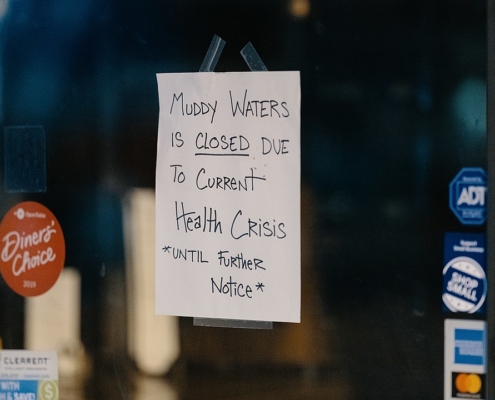
Incoming UCLA Professor Examines if Vote-by-Mail Advantages Either Political Party
By Dan Thompson I am a PhD candidate in American politics…

LA Social Science Presents “Conversations with Changemakers” Featuring Dr. Pedro Noguera (Video)
LA Social Science interviewed Dr. Pedro Noguera, Distinguished…

Pandemic Inequalities: Assessing the Fallout in the Restaurant Industry
By Eli R. Wilson, Assistant Professor of Sociology, University…

Then & Now: A New Podcast by the UCLA Luskin Center for History and Policy
The Luskin Center for History and Policy has created an exciting,…

LA Social Science Presents “Conversations with Changemakers” Featuring Dr. Daniel Fessler (Video)
LA Social Science interviewed Dr. Daniel Fessler, Anthropologist…

Inverted Relationships: Humans and Dogs in the Times of Coronavirus Anxiety
Professor Vinay Lal, UCLA Professor of History and Asian…

The Coronavirus and the Humbling of America
Professor Vinay Lal, UCLA Professor of History and Asian…

A Scholar’s Journey to Change the World for the Better
Dr. Victor Agadjanian, UCLA professor with a joint appointment…

Leading Voting Rights Experts Discuss Universal Vote-By-Mail Amidst COVID-19
By Eliza Moreno, Communications Manager, Latino Policy &…

Q&A with UCLA California Policy Lab Director Dr. von Wachter on the CARES Act
As an economist and director of the California Policy Lab, Till…

